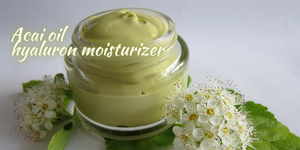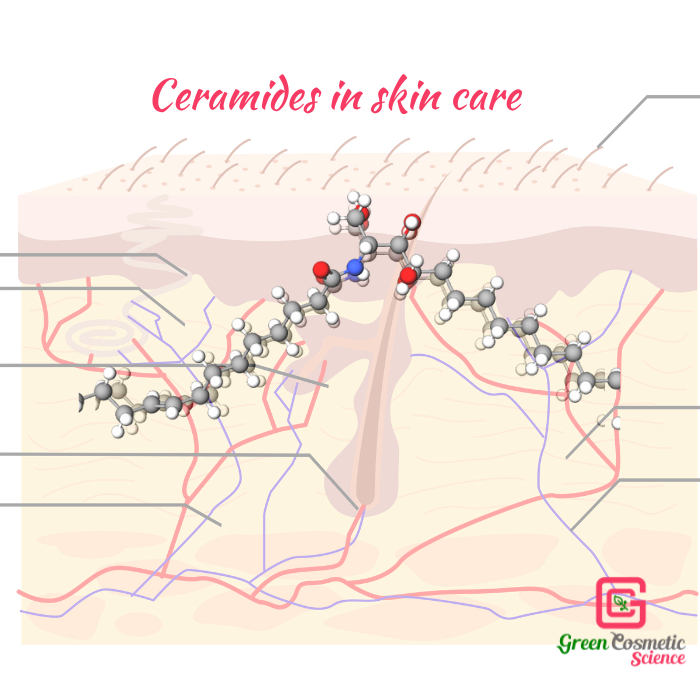
Ceramides are a group of heterogeneous lipids basically consisting a fatty acids of varying chain length and sphingosine derivatives connected through an amide bond.
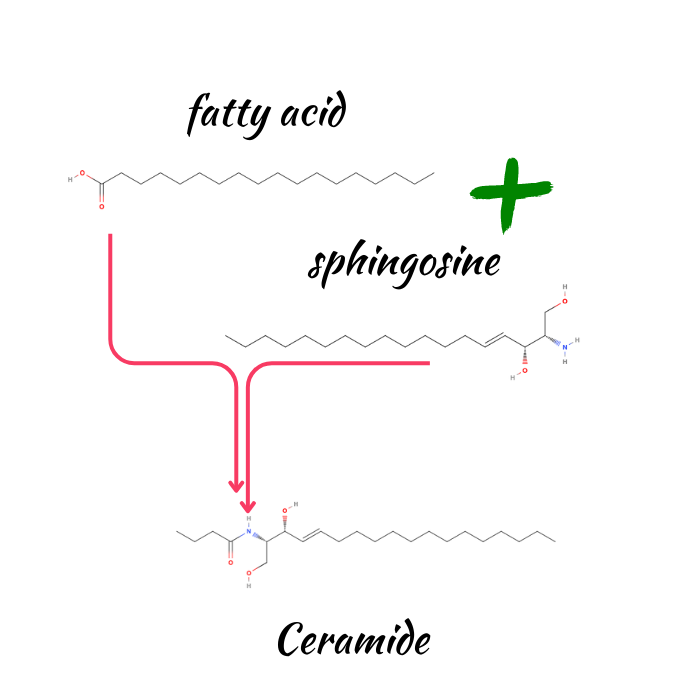
Ceramides are a major constituent of our epidermal & hair lipids as well as nail surface lipids but above that they are a main constituent of each and every cell membrane in our body. Although their impact in diabetes, circulatory and cardiovascular diseases is a popular research topic, we are mainly interested in their role in the barrier function and their applications in skin and hair care.
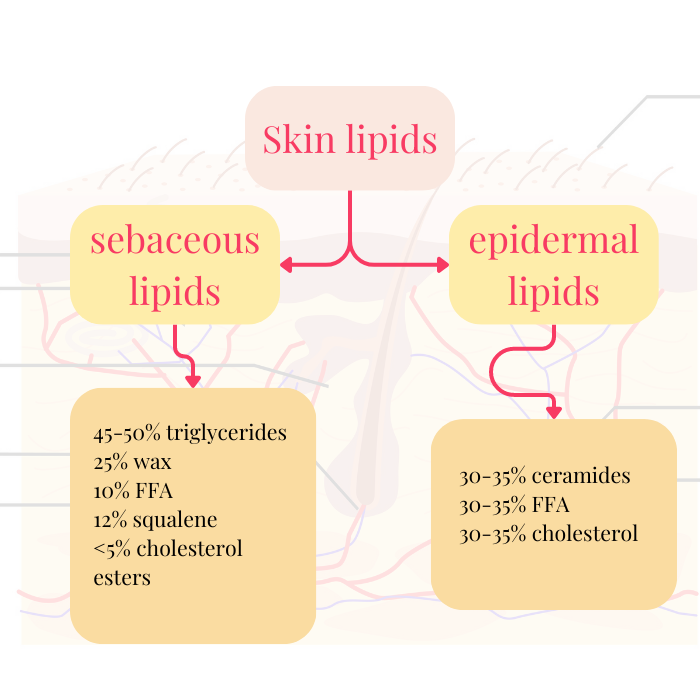
Ceramides play a major role in barrier function and the integrity of skin, scalp, hair and nail. Exogeneous and indogneous factors such as environmental damage, using harsh surfactants, excessive heat (hair styling), UV exposure and solvents (nail varnish removers) and the biological aging cause a reduction in ceramide content or composition. Many skin and nail disorders are now related to changes in the ceramide content or structure of the skin/nail lipids. This makes the ceramides among the sexiest dietary supplements and skin/hair/nail care ingredients these days. Any reduction or changes in ceramide content composition will at least lead to a compromised barrier, increased TEWL, damaged nail and hair.
To this date 12 different ceramides have been extracted from the stratum corneum (these are categorized based on the fatty acid chain and the sphingosine units).
How to use ceramides in personal care
Ceramides are lipophilic ingredients. You can use them in both rinse-off and leave-on products but to be honest it is a waste to use them in rinse-off products.
Since they are lipophilic, you can use them in balms and butters, emulsions, oleogels and hydrogels with a lipophilic content. Usually they are stable in a pH range between 4,5-7,5 but it is possible that certain types need a narrower pH range. In any case they do not like extreme low or high pH.
The purest form of ceramide is the powder which needs long periods of heating at a high temperature. This makes these ceramides almost useless in "natural" cosmetics where you are working with plant oils and extracts instead of heat and oxidation stable mineral oils. There are other emulsified and dispersed ceramides that are easier to apply and do not need long heating at a high temperature. These variations usually contain ingredients that are not used in "natural" cosmetics (such as carbomers, PEG-40 hydrogenated castor oil, hydrogenated polyisobutene etc.). With the increasing popularity of ceramides, some "natural cosmetics-conform" ceramides are entering the market which are encapsulated in an easy to apply lipophilic or even hydrophilic versions (look at Berg +Schmidt's smartlipids).
Our fluid ceramide is an easy to use ceramide in a paste form. This is ceramide NP (CERIII) predispersed in a carrier derived from olive oil (palm-oil free) and totally suitable for "natural" and plant based as well as HALAL and vegan formulations.
This ceramide is applicable at a temperature above 40 C. Although it is a lipophilic ingredient it is not suitable for pure oil formulations (face and hair oil or nail oil). In a pure oil carrier you can apply heat to incorporate it but obviously your oil blend will come back to room temperature again and it will packed, transported and even used at RT or a lower temperature and in that case the ceramide causes turbidity in the formulation and may even separate from the oil. Apart from that you can easily use this ceramide blend in balms, oleogels, lotions and even hydrogels.
pH and temperature
The fluid ceramide needs at least a temperature of 40 C to be effectively incorporated in the formulation. In balms and butters you can add it from te beginning to your butter phase or blend it with the heat sensitive ingredients and add at at a temperature above 45 t the butter. In sticks and bars you can add it to the cool down phase with your extracts.
In hydrogels you shall add the ceramide right after the gum dispersion and as the carrier is still warm.
In emulsions yo can add it to the oil phase from the beginning. We have however experienced that it works best when you add the ceramide to the finished emulsion when the temperature is still above 45 C.
As pointed out earlier, ceramides do not like extreme low or high pH but you don't have any of them in everyday personal care. The best pH range for incorporating the ceramide is 4,5-7,5.
Download the free complete file about ceramides in personal care + sample formulations here
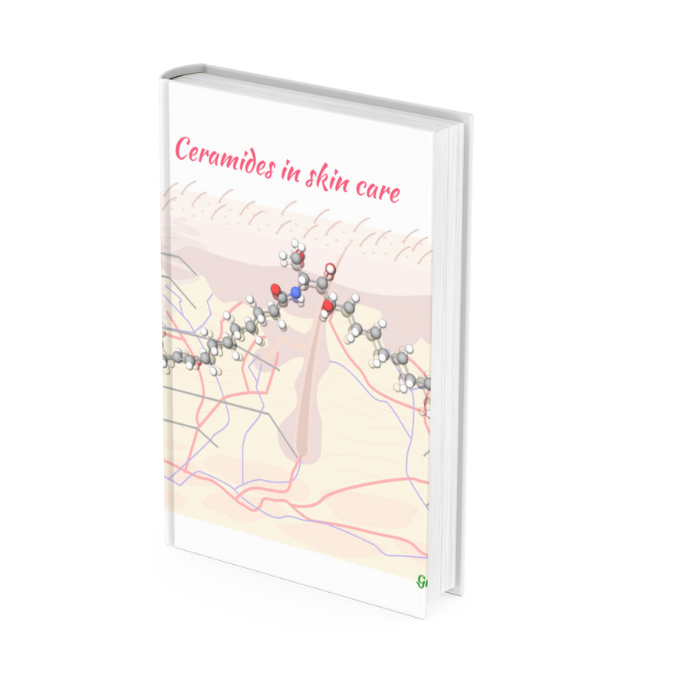
Further reading and references:
Coderch, Luisa, et al. "Ceramides and skin function." American journal of clinical dermatology 4 (2003): 107-129.
Field, Bianca C., Ruth Gordillo, and Philipp E. Scherer. "The role of ceramides in diabetes and cardiovascular disease regulation of ceramides by adipokines." Frontiers in endocrinology 11 (2020): 569250.
Meckfessel, Matthew H., and Staci Brandt. "The structure, function, and importance of ceramides in skin and their use as therapeutic agents in skin-care products." Journal of the American Academy of Dermatology 71.1 (2014): 177-184.
Kahraman, Emine, et al. "Recent advances on topical application of ceramides to restore barrier function of skin." Cosmetics 6.3 (2019): 52.
Maeda, Kazuhisa, and Nao Iwashita. "Experimental Study of the Reduction in Ceramide Content in Fingernails Due to Nail Polish Remover Use." Cosmetics 9.6 (2022): 125.
Coderch, Luisa, et al. "Hair Lipid Structure: Effect of Surfactants." Cosmetics 10.4 (2023): 107.


